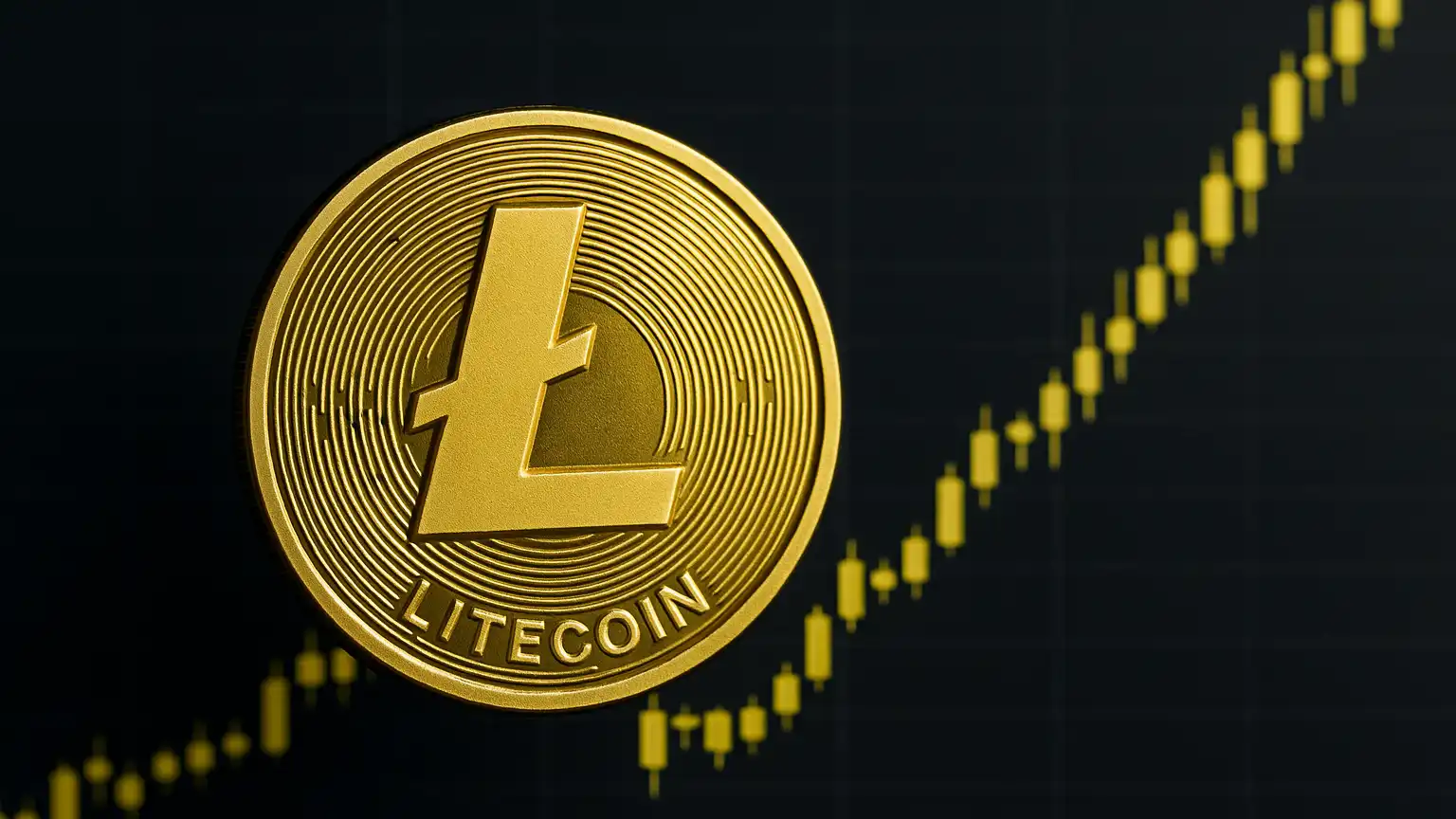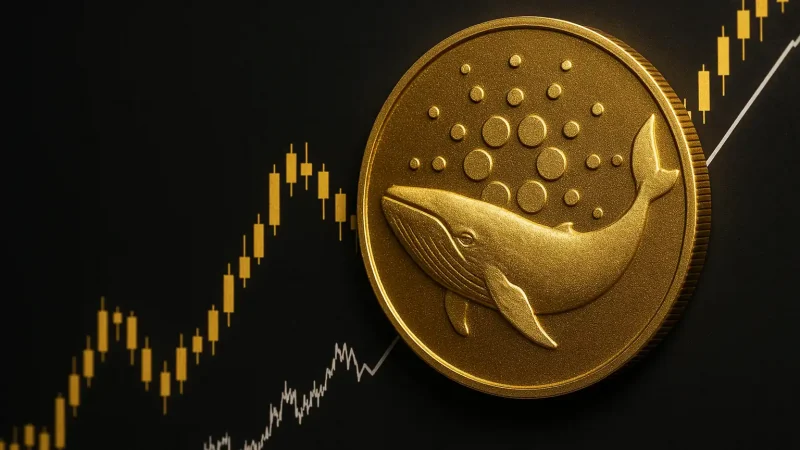The cryptocurrency market was set alight this week as Litecoin (LTC) caught fire, driven by mounting optimism surrounding the approval of a spot Litecoin exchange-traded fund (ETF). Canary Capital’s recent S-1 amendment filing with the U.S. Securities and Exchange Commission has added fresh fuel to an already volatile market, with analysts noting that the move could be the final step before SEC approval. Investors, now gripped by what insiders are calling “ETF FOMO,” have driven LTC’s price closer to the psychological $500 barrier—levels not seen since bull market peaks.
Canary Sets the Stage With S-1 Amendment
In a key regulatory move, Canary Capital filed updated S-1 forms for its proposed spot ETFs based on Litecoin and Hedera (HBAR). The filings, which included detailed sponsor fees of 95 basis points and finalized ticker symbols (LTCC for Litecoin and HBR for Hedera), signal a near-complete regulatory package. ETF expert Eric Balchunas of Bloomberg noted that finalizing fee disclosures is often the final hurdle before launch, stating that these “docs look pretty finalized.” While the fees may appear elevated when compared to existing Bitcoin ETFs, Balchunas suggested that such figures are par for the course in niche or first-generation ETF offerings.
Analysts and insiders interpreted the filing as a bullish signal, particularly given the regulatory inertia caused by a partial U.S. government shutdown. The SEC’s prior lapse in meeting approval deadlines for Canary’s original filing didn’t stop the firm from pushing forward, effectively using the shutdown period to finalize and streamline the product’s investment structure.
Timing Complicated by Political Gridlock
The timing of the filing—amid a temporary U.S. government shutdown—adds a layer of uncertainty. Traditionally, such periods stall decision-making within federal agencies, creating broader headwinds for financial innovation. Yet Canary’s bold step suggests internal confidence that the regulatory environment is not far from thawing. With political deadlock delaying direct responses from the SEC, the amended forms function almost as a regulatory placeholder: assuming approval is imminent once bureaucratic gears begin turning again.
Balchunas underscored this delicate tension in a social media update, emphasizing that filing sponsor fees and final ticker symbols is “typically the last thing updated before go-time.” The implication is clear: Canary believes the launch pad is ready—the bottleneck now sits entirely with federal procedure.
Markets React with Anticipation
Litecoin’s rapid ascent in price reflects the high-conviction bets being placed by traders and long-term investors alike. On-chain data reveals a surge in LTC wallet activity, and trading volumes on major exchanges like Binance and Coinbase have nearly doubled since the filing hit newswires. Technical analysts are also closely watching what many describe as a “golden cross” on the weekly chart—a bullish signal wherein the 50-week moving average crosses above the 200-week moving average. This rare event has historically preceded strong multi-week rallies in crypto markets.
The psychological gravity of the $500 level has also entered market discourse. While LTC’s all-time high sits just under $413, speculators increasingly frame the current rally within a broader narrative of renewed institutional adoption. If the ETF is launched, it would be the first spot vehicle for Litecoin on U.S. soil—providing regulated, IRA-compatible access to the asset. That alone could be enough to push the coin into price discovery.
Why This ETF Could Shift the Altcoin Landscape
The Litecoin ETF, although just one product, could catalyze a broader shift in how altcoins are perceived within the investment community. Bitcoin’s ETF success laid the ground; Ethereum is clawing its way to similar legitimacy. But Litecoin, often overlooked in institutional dialogues, may now benefit from being the first-mover among the second-tier assets. If demand materializes the way back-tested models suggest, it could prompt other issuers to explore ETFs for blue-chip altcoins like Solana or Avalanche.
Beyond benchmark pricing, the real shift will be psychological. It signals that U.S. regulators are open to recognizing altcoins—not just Bitcoin or Ethereum—as investable commodities. Through that lens, Canary’s filing symbolizes more than a tactical market event; it reflects an ideological breakthrough.
As the government reopens and the SEC resumes full function, crypto watchers will momentarily pause their charts and candle patterns—waiting instead for what might be the ETF green light that ushers in a new phase of altcoin legitimacy.





